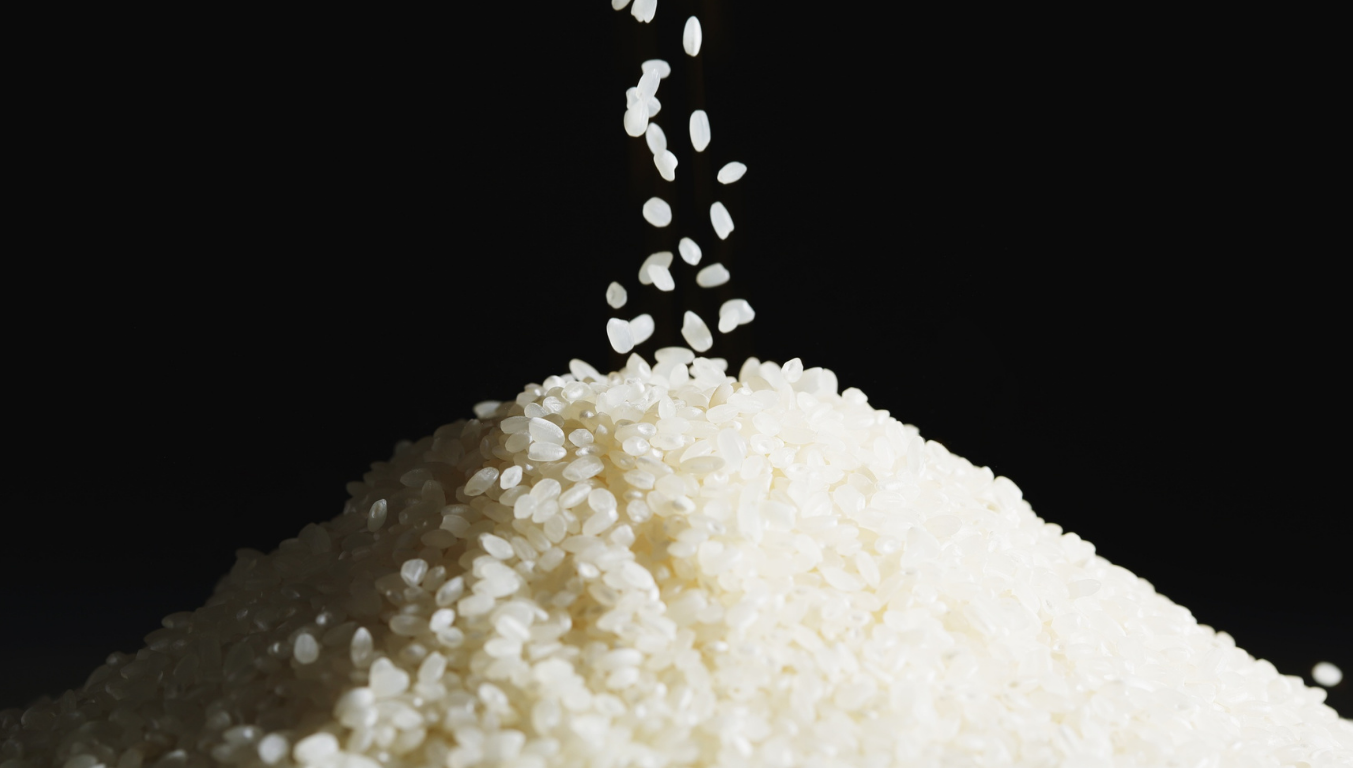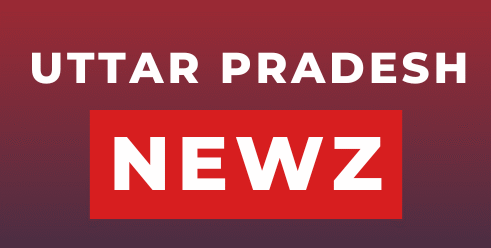
In a state as large and populous as Uttar Pradesh, ensuring that every citizen has access to basic food items at affordable prices is no small task. That’s where the Food and Civil Supplies Department, Uttar Pradesh steps in. This department plays a crucial role in managing the supply and distribution of food grains and essential commodities, especially for the economically weaker sections of society.
The department operates under the state government and works closely with the Central Government to implement key schemes like the Public Distribution System (PDS), which provides subsidized ration to eligible families. Whether it’s managing fair price shops, maintaining records of ration cardholders, or preventing black marketing of essential items, this department works behind the scenes to keep things running smoothly.
For a common person, this department is the connection between government food welfare schemes and their daily needs.
Public Distribution System (PDS): Reaching Every Household
One of the most important responsibilities of the department is managing the Public Distribution System (PDS) in Uttar Pradesh. Through PDS, the government provides essential items like wheat, rice, sugar, kerosene, and sometimes salt at subsidized prices to families who hold valid ration cards.
Ration cards are categorized based on income levels—Antyodaya (AAY) for the poorest of the poor, Priority Household (PHH) for low-income families, and APL (Above Poverty Line) for others. Food grains are distributed through a vast network of fair price shops (FPS) located in every city, town, and village of the state.
To improve transparency and avoid duplication, the department has digitized most of its operations. Now, e-ration cards, online verification, and Aadhaar-based authentication help ensure that ration goes only to those who are truly eligible.
This system plays a huge role in reducing hunger and supporting low-income families. It may not be perfect, but it has certainly made food more accessible for millions in the state.
Ration Cards and Eligibility: Who Gets What
To benefit from the food schemes run by the department, every family must have a valid ration card. These cards are issued by the local offices of the Food and Civil Supplies Department and serve as identity proof for receiving subsidized food grains.
There are mainly three types of ration cards:
- Antyodaya Anna Yojana (AAY) Ration Card: For the poorest families. They receive the highest quantity of food grains at the lowest price.
- Priority Household (PHH) Ration Card: For families that fall under the poverty line but are not in the AAY category.
- Above Poverty Line (APL) Ration Card: These households receive fewer benefits but can still purchase food grains from fair price shops if stock is available.
People can now apply online for ration cards or check their eligibility through the department’s official website. The government regularly updates its beneficiary list and also allows people to make corrections in case of wrong entries.
This digital shift has made the system easier to access and more transparent. It has also reduced middlemen and helped prevent fraud.
Combating Black Marketing and Hoarding
While providing food to the poor is the department’s main goal, ensuring that the supply chain is fair and legal is just as important. The Food and Civil Supplies Department works actively to monitor the movement of food grains from godowns to fair price shops.
One of its key duties is to prevent black marketing of ration meant for poor families. In many cases, dishonest shopkeepers or traders try to sell subsidized food grains in the open market for profit. The department has a system of surprise checks and public complaints to curb such activities.
Another major issue the department tackles is hoarding. During times of price fluctuation or shortage, some traders hoard goods to create artificial demand. This affects prices and hits the common man’s pocket. The department, along with district officials, takes strict action against such practices under the Essential Commodities Act.
These enforcement efforts might not always make headlines, but they are crucial for keeping the system honest and functional.
Technology and Transparency: Digital India in Action
In the past, many people complained about irregularities in ration distribution. But things have improved in recent years thanks to the department’s efforts to bring in technology and transparency.
Now, every ration card is linked to Aadhaar, and most fair price shops use e-PoS (Electronic Point of Sale) machines. These devices record every transaction in real time, making it harder to cheat the system. Beneficiaries get an SMS as soon as they collect their ration, which adds another layer of accountability.
The department also maintains a public portal where anyone can:
- Check ration card status
- View the monthly stock of fair price shops
- File complaints against dealers
- Download ration card lists by district
This digital approach has reduced corruption, improved delivery, and made life easier for the people who depend on government food schemes.
Final Thoughts: A Department That Touches Every Life
The Food and Civil Supplies Department of Uttar Pradesh may not be in the news every day, but its impact is felt in every home that receives ration through the PDS. In a state where many people still struggle to meet basic needs, this department ensures that no one sleeps hungry.
From issuing ration cards and distributing food grains to cracking down on hoarding and using digital tools for efficiency—this department does a lot of important work, often quietly.
Of course, challenges like fake beneficiaries, leakages, and delivery delays still exist. But with ongoing efforts in digitization, stricter monitoring, and greater public awareness, the system is gradually becoming stronger and more reliable.
For the average citizen of Uttar Pradesh, especially those with limited income, the Food and Civil Supplies Department is more than just a government office—it’s a lifeline.



